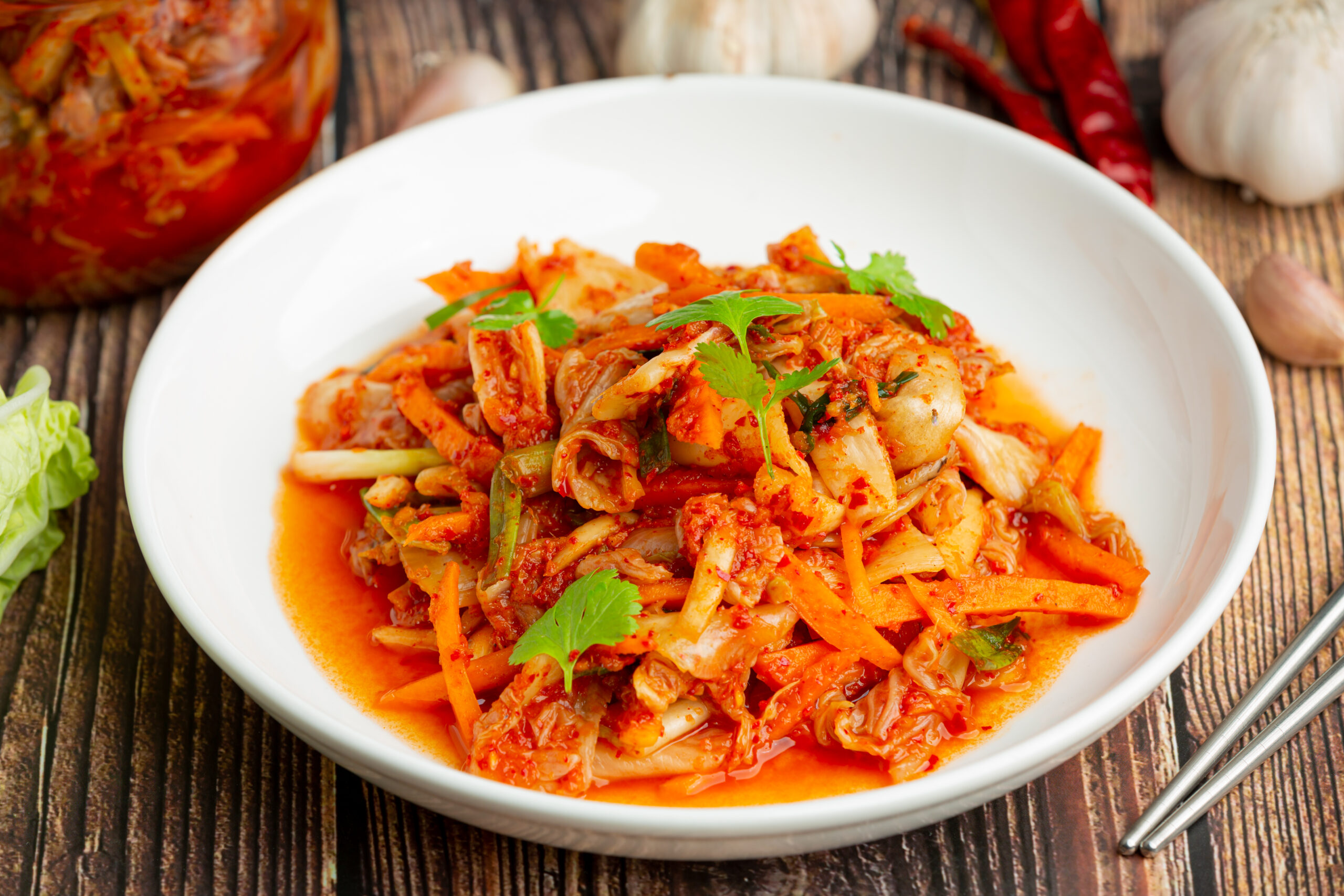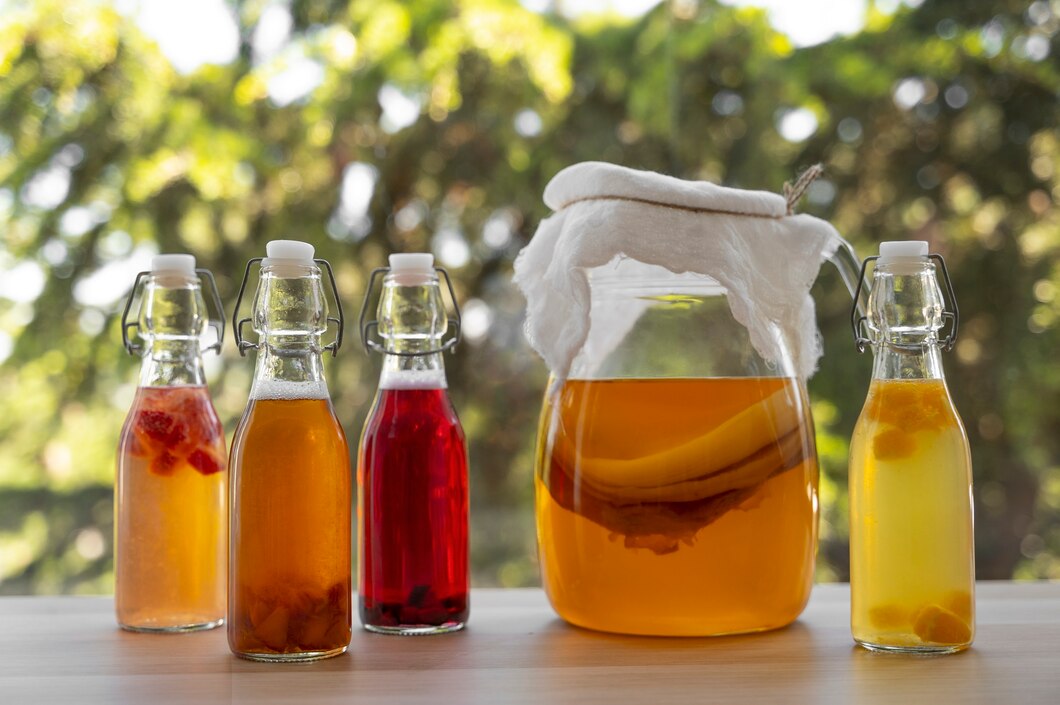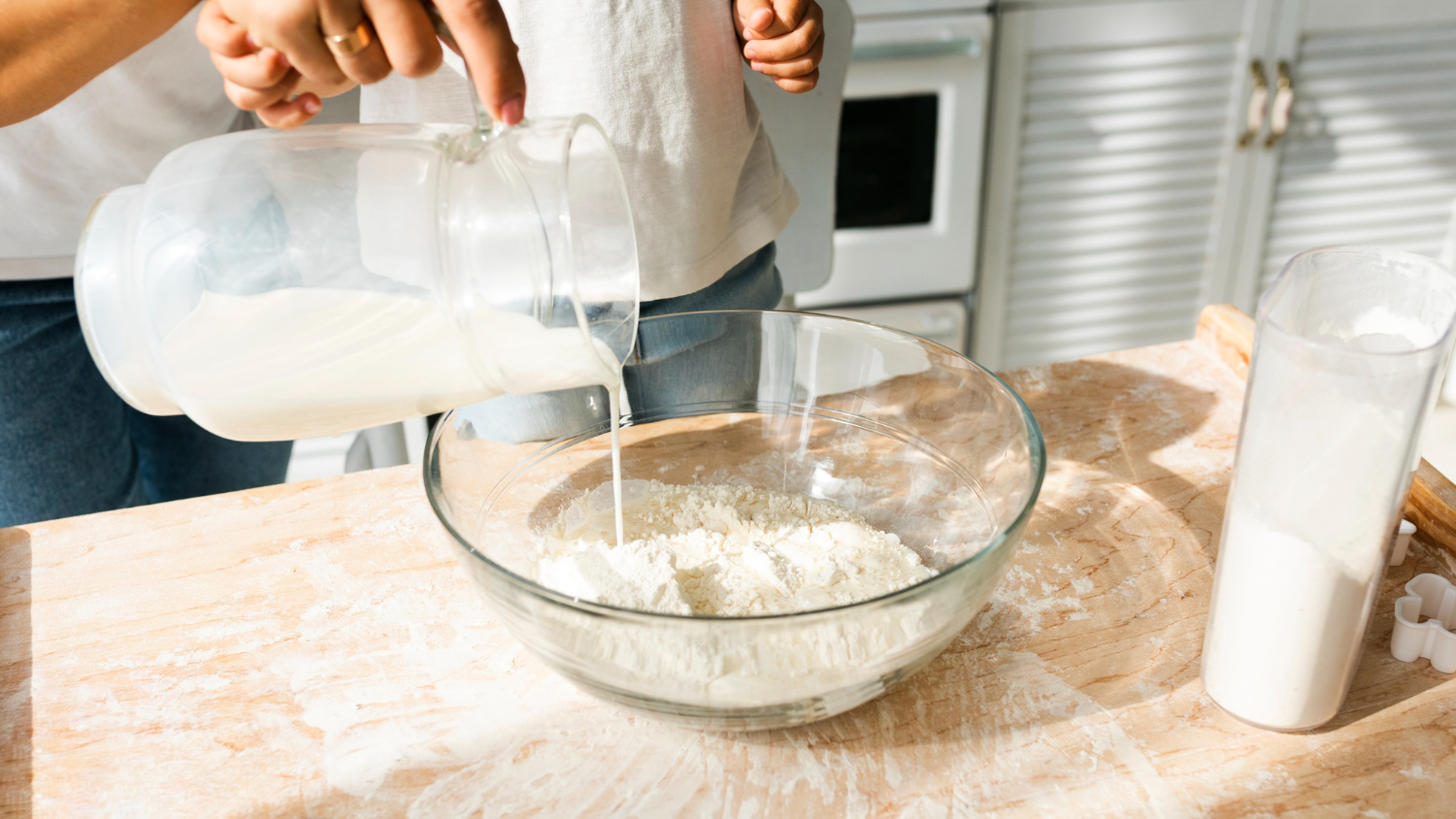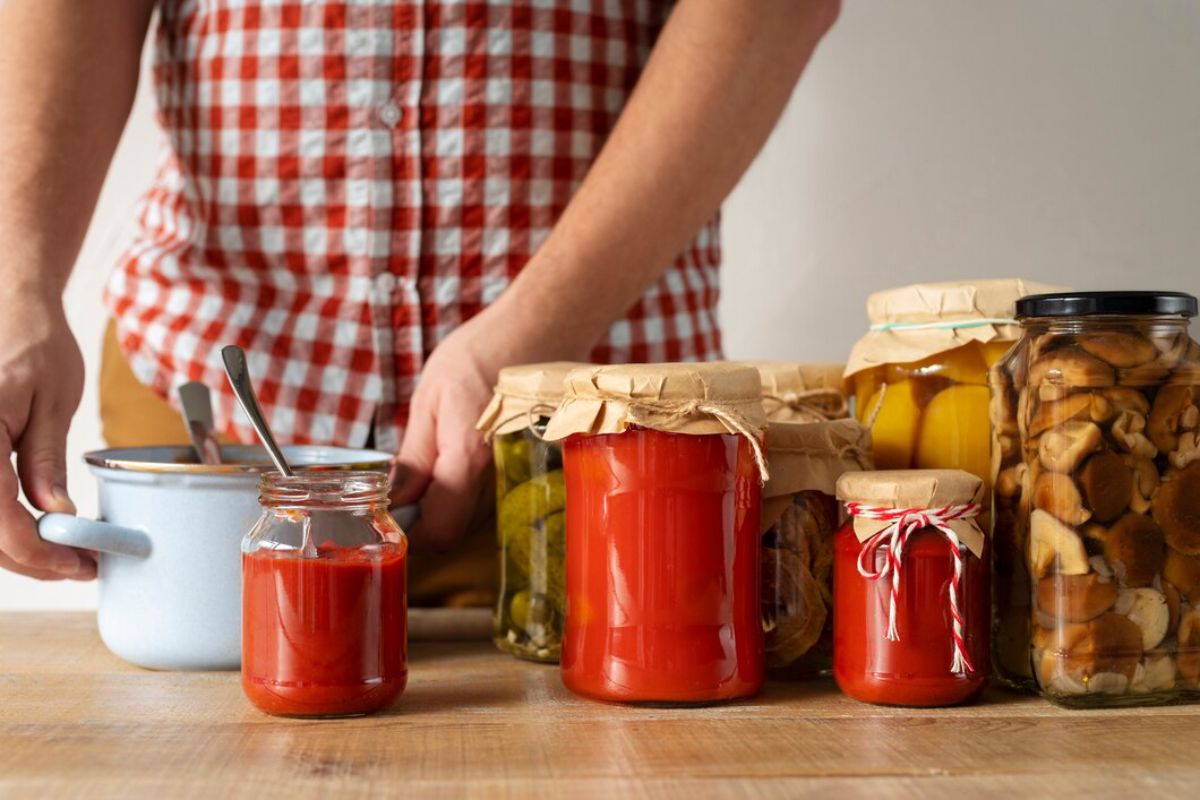
Mastering the Art of Fermentation: Kimchi, Sauerkraut & More
Fermentation has preserved food for centuries. It also provides excellent health benefits and adds rich, complex flavours. This fermentation guide will help you learn how to make kimchi, sauerkraut, and other probiotic-rich foods. These foods can improve digestion and make your meals better. Read our blog to learn more.
The Science Behind Fermentation

Fermentation is a natural process in which beneficial bacteria, yeasts, and moulds break down sugars into alcohol or acids. This not only preserves food but also enhances its nutritional value. The process also produces probiotic-rich foods, which help gut health by adding good microorganisms to the digestive system.
Lactic acid fermentation is common in vegetable ferments like kimchi and sauerkraut. Here, lactobacillus bacteria change sugars into lactic acid, which keeps the food fresh and adds a tangy taste.
The Health Benefits of Fermented Foods
Incorporating fermented foods into your diet provides numerous health advantages:
Improves Gut Health
Fermented foods have probiotics. These help balance gut bacteria. This aids digestion and reduces bloating.
Boosts Immune Function
A healthy gut microbiome strengthens the immune system, helping fight infections.
Enhances Nutrient Absorption
Fermentation boosts the bioavailability of vitamins and minerals. This makes it easier for the body to absorb nutrients.
Supports Mental Well-being
The gut-brain connection means a healthy gut contributes to better mood regulation and reduced anxiety.
Aids in Weight Management
Probiotics can help regulate metabolism and support healthy weight loss.
Essential Equipment for Fermentation
To get started with fermentation, you’ll need a few essential tools:
- Glass jars: Mason jars or fermentation crocks are ideal.
- Weights: Keeps vegetables submerged to prevent spoilage.
- Salt: Essential for lactic acid fermentation.
- Airlocks or breathable covers: Prevents contamination while allowing gases to escape.
- Cutting board and knife: For chopping vegetables.
Making Homemade Kimchi: A Step-by-Step Guide
Here is a step-by-step guide on how you can make kimchi at home:
Ingredients:
- 1 medium Napa cabbage
- 1/4 cup sea salt
- 4 cups water
- 1 tablespoon grated ginger
- 4 cloves garlic, minced
- 2 tablespoons fish sauce (or soy sauce for vegan kimchi)
- 1 tablespoon sugar
- 2 tablespoons Korean red pepper flakes (gochugaru)
- 1/2 cup daikon radish, julienned
- 4 spring onions, chopped
- 2 carrots, shredded
Instructions:
- Chop the Napa cabbage into bite-sized pieces.
- Dissolve the sea salt in water and submerge the cabbage for 2 hours; rinse thoroughly and drain.
- Combine ginger, garlic, fish sauce, sugar, and gochujang in a bowl; stir to form a paste.
- Massage the spice paste into the cabbage and mix with daikon, carrots, and spring onions. Pack tightly into a sterilised glass jar, pressing down to release air bubbles.
- Ensure vegetables are submerged under their juices. Use a weight if necessary.
- Cover the jar loosely with a lid. Leave room temperature for 3–7 days, burping the jar daily to release gases.
- Once desired fermentation is reached, store in the fridge and enjoy!
How to Make Sauerkraut
Here is a step-by-step guide on how you can make sauerkraut at home:
Ingredients:
- 1 medium green or red cabbage
- 1 tablespoon sea salt
- 1 teaspoon caraway seeds (optional)
Instructions:
- Shred the cabbage finely and place it in a mixing bowl.
- Sprinkle with sea salt and massage until juices are released.
- Transfer cabbage into a sterilised jar, pressing down to submerge it in its liquid.
- Add a fermentation weight to keep it submerged.
- Cover with a breathable cloth or airlock lid.
- Let it ferment at room temperature for 1–3 weeks.
- Once fermented to taste, refrigerate and enjoy.
Other Probiotic-Rich Foods to Try

Here are some other probiotic-rich foods to try:
Kombucha
A fermented tea with a symbiotic culture of bacteria and yeast (SCOBY) offers a refreshing and tangy probiotic boost.
Yoghurt
A popular probiotic food is made by fermenting milk. It uses good bacteria like lactobacillus and Bifidobacterium.
Miso
A Japanese seasoning made from fermented soybeans, adding umami depth to soups and marinades.
Tempeh
A protein-rich, fermented soybean product with a firm texture, perfect for stir-fries and salads.
Fermented Pickles
These pickles are different from vinegar-based ones. They ferment naturally in a salt brine, which keeps the good bacteria.
Common Fermentation Mistakes and How to Avoid Them
Here are some common fermentation mistakes to avoid:
Not Using Enough Salt
Salt is essential for preventing harmful bacteria growth. Follow recommended salt ratios for best results.
Not Keeping Vegetables Submerged
Vegetables must remain submerged in their liquid to avoid spoilage.
Fermenting in the Wrong Temperature
Fermentation works best at 18-22°C. If it’s too hot, fermentation speeds up too much, and if it’s too cold, it slows down too much.
Using Tap Water with Chlorine
Chlorinated water can kill beneficial bacteria. Use filtered or dechlorinated water.
Sealing Jars Too Tightly
Fermentation releases gases. Jars must be burped daily, and an airlock lid must be used to prevent explosions.
Frequently Asked Questions About Fermentation
Here are some FAQs about fermentation:
How Long Should I Ferment My Foods?
It depends on the recipe and personal preference. Kimchi ferments for 3–7 days, sauerkraut for 1–3 weeks, and kombucha for 7–14 days.
How Do I Know If My Ferment Has Gone Bad?
Signs of spoilage include a foul odour, slimy texture, or visible mould. If in doubt, throw it out.
Can I Ferment Without Salt?
Salt is crucial for vegetable fermentation. Low-salt options exist, but results vary.
Are All Fermented Foods Probiotics?
Not necessarily. Store-bought pickles and sauerkraut often undergo pasteurisation, killing probiotics. Opt for raw, unpasteurised varieties.
Start Your Fermentation Journey Today

Fermentation is a rewarding and nutritious way to preserve food and support gut health. If you’re making kimchi, sauerkraut, or trying new probiotic foods, this guide will help you succeed. Understand the process, avoid common mistakes, and add fermented foods. You can enjoy fermentation’s tasty flavours and health benefits daily.
Start fermenting today! Watch how simple ingredients turn into probiotic-rich superfoods!


